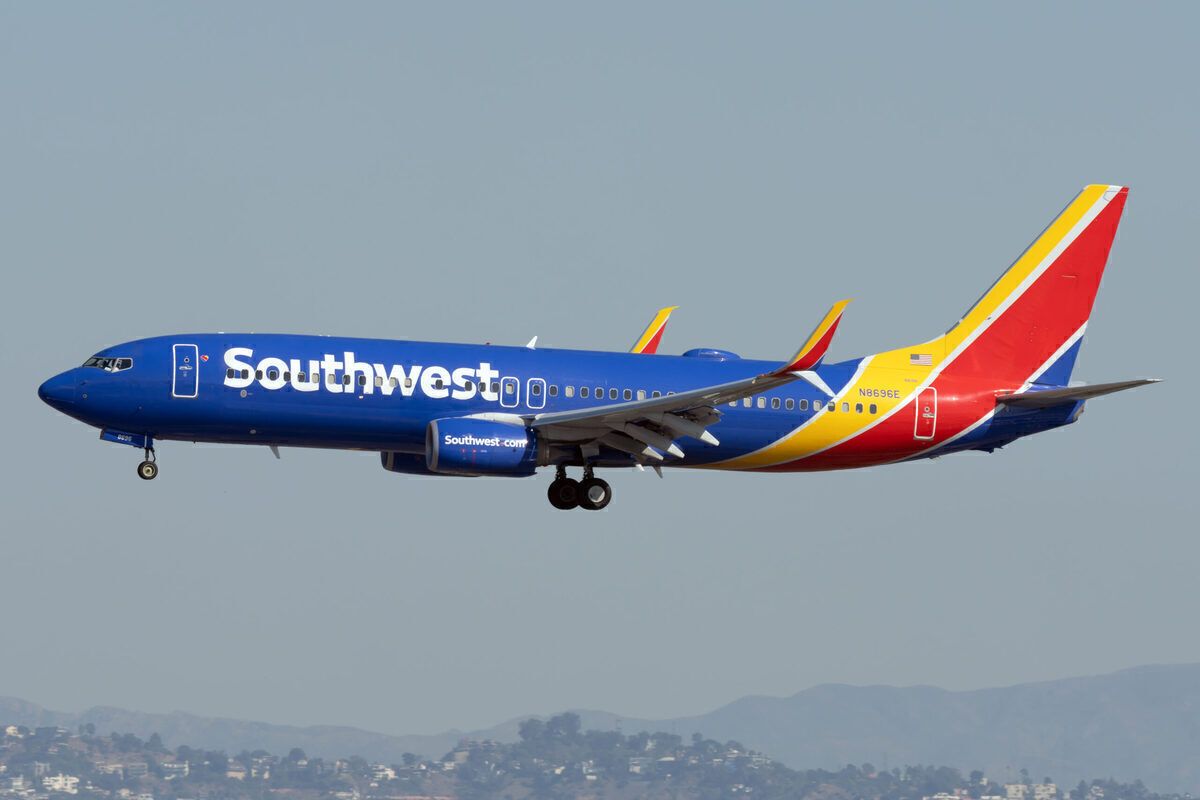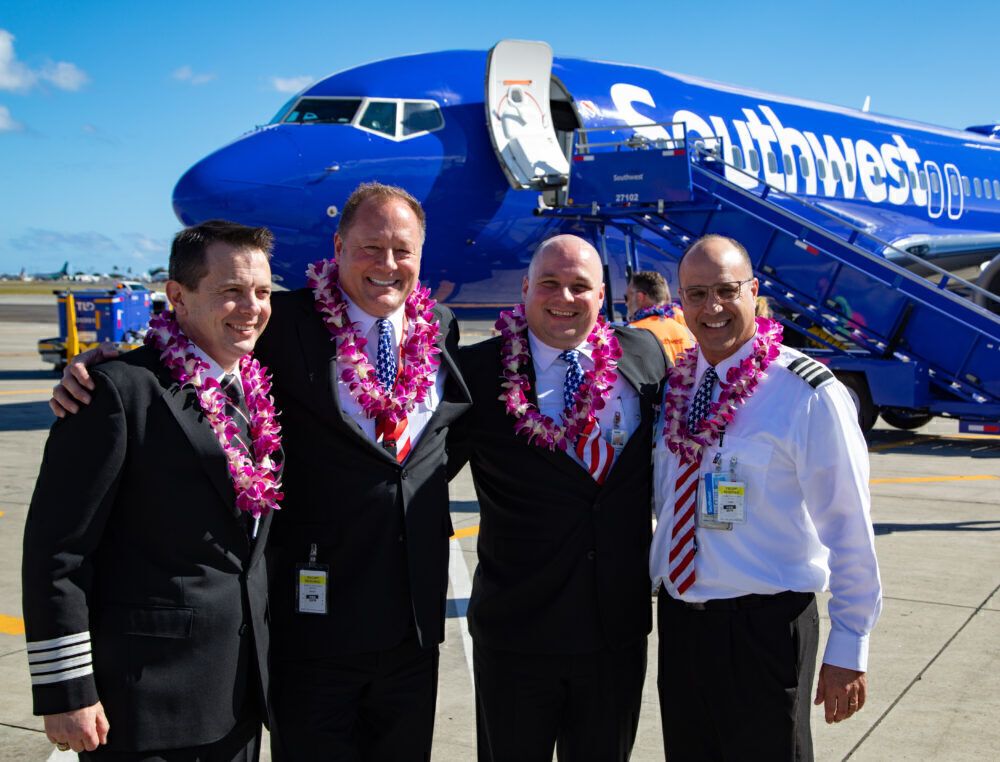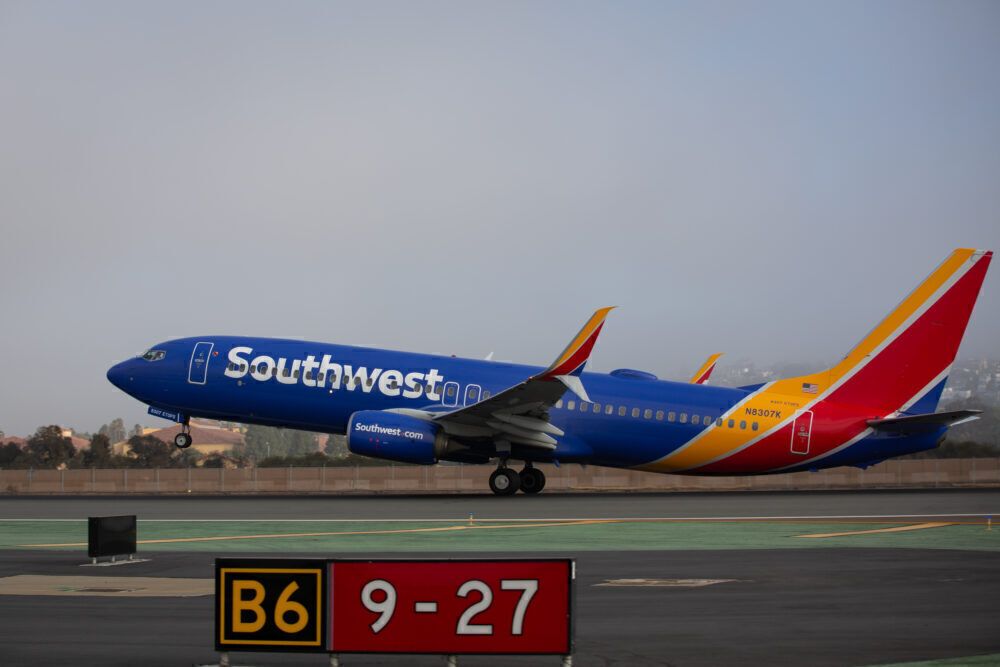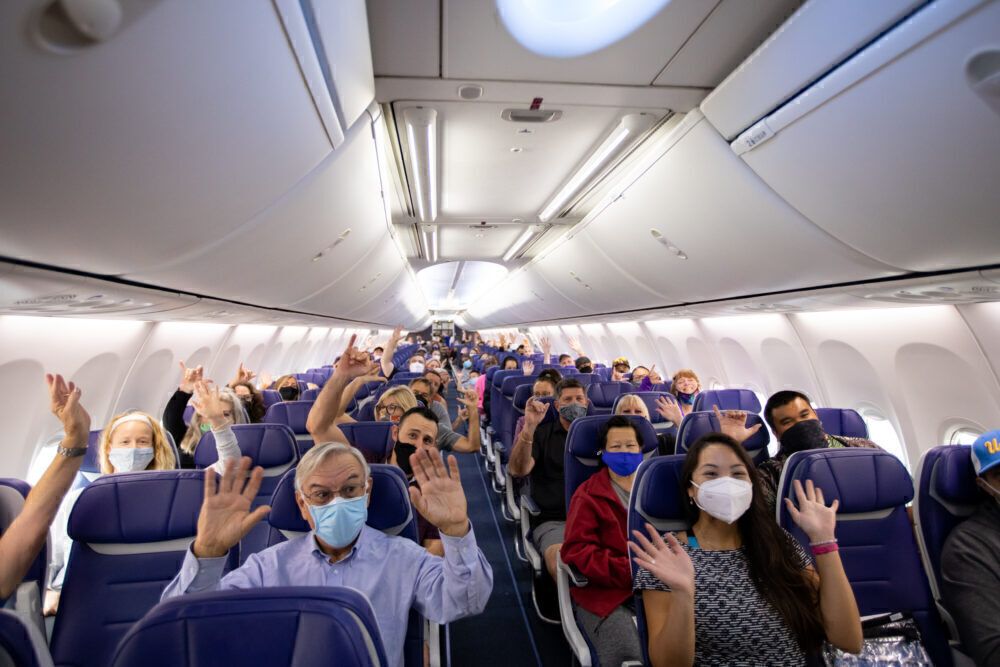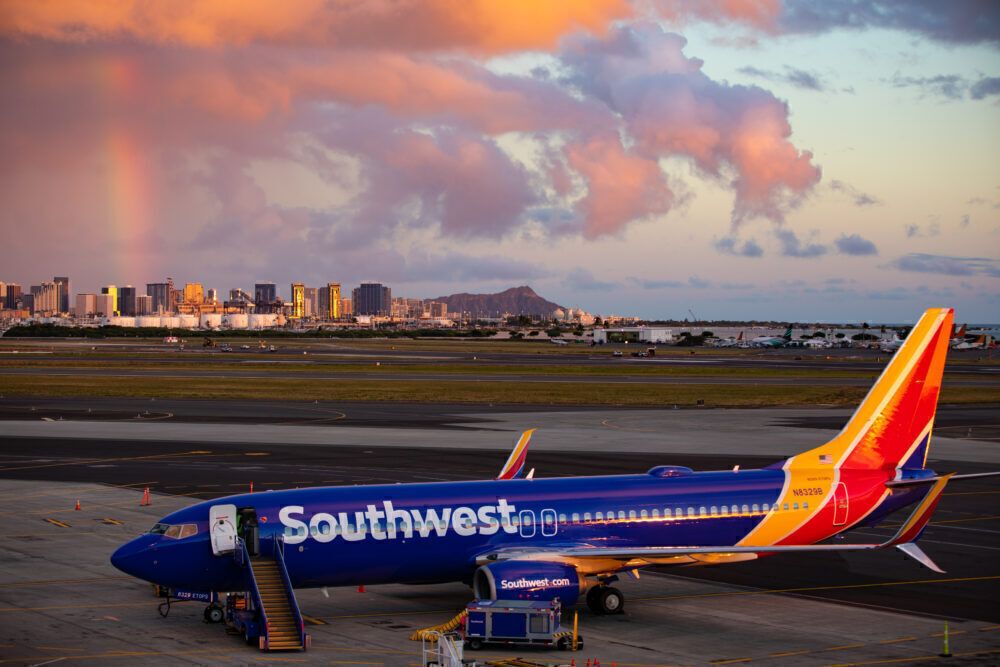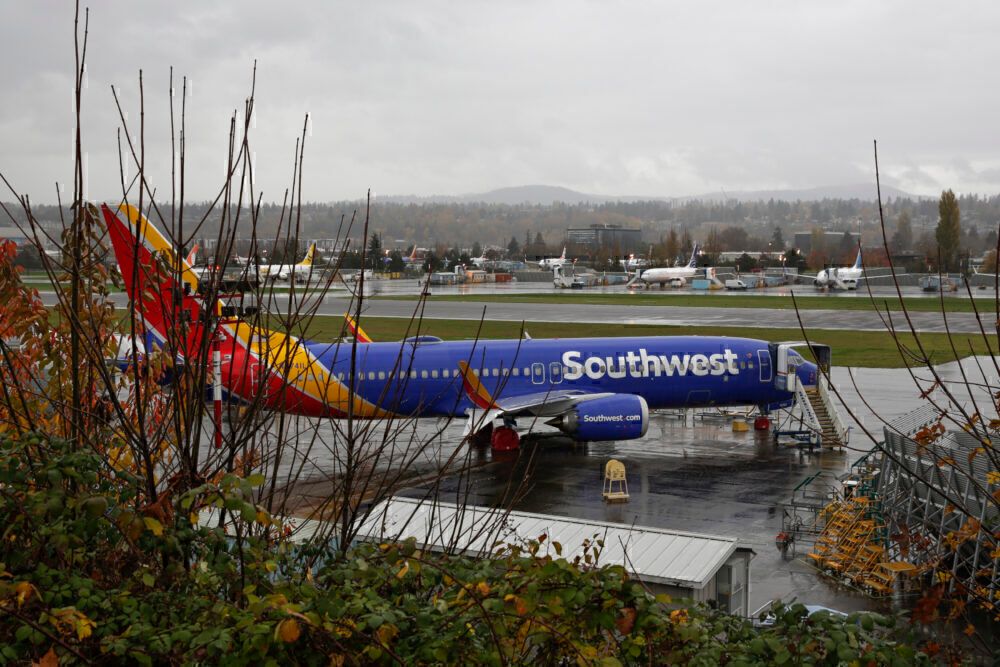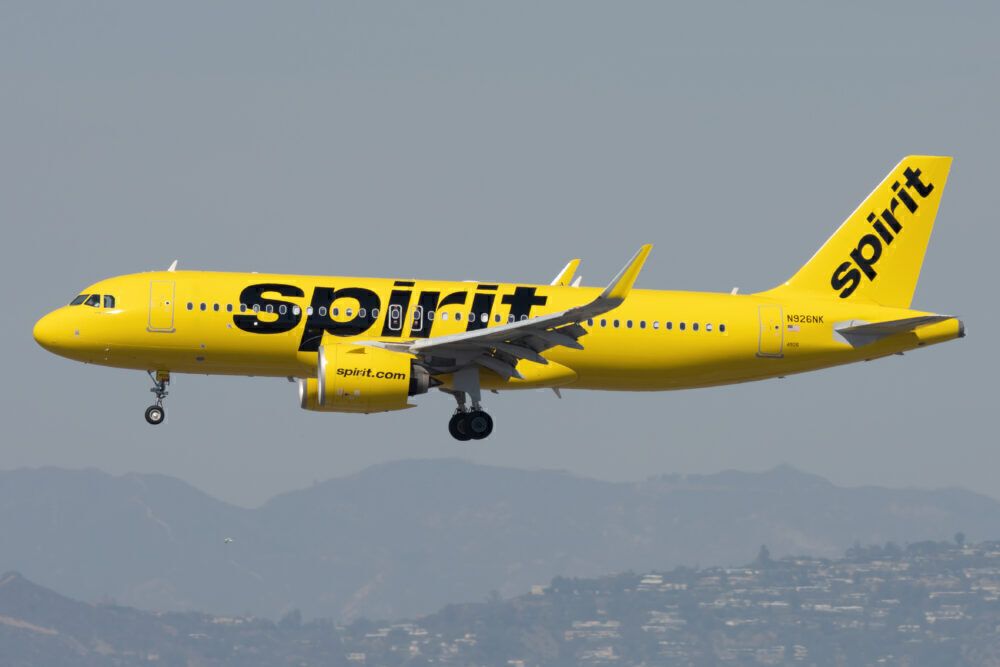Low-cost carriers typically serve leisure passengers who want a low-fare getaway. These passengers generally want to visit destinations with beaches, a plethora of restaurants, and attractions that are different from the environment they get at home. Hawaii fits this bill for low-cost carriers, but the state has notoriously lacked low-fare competition. With Southwest in the market, there is hope for more low-fare competitors to start flying to Hawaii, but that is easier said than done.
Hawaii is a known leisure market
Hawaii is mostly known as a haven for leisure travelers. The island state, which has a relatively small population, is not a massive origination market but a top destination for American tourists. There are many travel options for passengers with multiple islands. Each island offers a different experience.
There are plenty of outdoor hiking options for more adventurous travelers, including up to the summit of a volcano called Mauna Kea. Others may appreciate a leisure walk around Diamond Head, which has natural beauty and military history. For people who want to relax, Hawaii is known for its multitude of beaches. Those who want to embrace the culture and history of Hawaii can visit places like the Pearl Harbor National Memorial, Iolani Palace, and more.
While there are corporate events, conferences, and meetings held in Hawaii, the state is predominantly a leisure hub. With low-cost carriers flocking to destinations in California, Nevada, and Florida, among others, Hawaii may seem like a natural extension of any leisure-oriented carrier's route network.
The geographical limitations
Hawaii is roughly 2,400 miles (~3,800 km) from the mainland of the United States, and specifically California. To places like Seattle or Las Vegas, a flight from Honolulu would need to cross 2,700 miles (~4,345 km). These are some long flights.
Flights from Las Vegas to Honolulu can take up to six hours in travel time. From Los Angeles, flights can take around 5.5 hours. And, from San Francisco, flights to Hawaii can clock in at around five hours. Some of these flight times depend on factors like wind, weight, and traffic that can lead airlines to need to fly less direct routings.
A plane problem
Planes are one of the inhibiting factors for low-cost flights to Hawaii. Low-cost carriers in the US are mostly flying Boeing 737 or Airbus A320 aircraft, and most of the planes in low-cost fleets are older models, such as the 737-700 or -800 Next Generations (NGs) or the Airbus A320ceo.
The Boeing 737-800, for example, has a range of around 2,900 nautical miles (~3360 miles) with a payload of around 160 passengers. Alaska Airlines, which flies Boeing 737-800s to Hawaii on some routes, outfits its aircraft with 12 seats in first class, 30 in extra-legroom economy, and 117 in standard economy. This comes out to a total capacity of 159 passengers.
Compare this to Southwest's Boeing 737-800s, which fit 175 passengers. The weight of those extra 16 passengers, coupled with the extra baggage they bring onboard, limits the performance of the Boeing 737-800. Add in the winds on westbound flights that further limit performance, then Southwest has to sell fewer seats on the 737-800s to make the route work.
A similar story would play out for an airline like Spirit. Passengers going away for a longer period of time to Hawaii would likely carry multiple bags with them, and airlines know they have to ensure the bags and passengers get to their final destination simultaneously.
As Andrew Watterson, Chief Commercial Officer at Southwest, explained on the carrier's fourth-quarter earnings call in January:
"The NGs have payload restrictions going westbound in the high wind time of the year, which is actually right now. We’ve not got the demand to fill the aircraft right now, so we’re not really having to restrict the payloads, but normally we would have to restrict the payloads this time of the year with the NG."
ETOPS
Extended range operations (ETOPS) apply to twin-engine aircraft flying over water with limited or no diversion options. Airlines have to receive ETOPS certification for flying to Hawaii. In case of emergency, the nearest airport could be a few hours away, as much of the route from the West Coast to Hawaii is over the Pacific Ocean.
Gaining ETOPS certification is a lengthy process, as Southwest demonstrated in the lead-up to announcing its Hawaii flights. Airlines have to work with regulators to ensure their operations and procedures meet standards so, in the case of an engine failure, for example, the aircraft can get to an airport safely. This means ensuring some more beefed-up items onboard, including handling some medical emergencies or fires in the air as the captain brings the plane to the nearest airport.
Allegiant Air used to use Boeing 757s to service Hawaii, which was the only aircraft in its fleet with ETOPS certification. For a myriad of factors, the airline removed its 757s from the fleet and ended Hawaii flying after only a few years. This is one example of a carrier taking on a new aircraft to gain ETOPS certification for flights to Hawaii.
Stay informed: Sign up for our daily and weekly aviation news digests.
Next-generation aircraft can tackle the challenge
Low-cost carriers typically shy away from operating widebodies. Those large aircraft can be difficult to fill and may not be easily deployable on other routes. Airlines like Southwest and Spirit have stuck with the narrowbody Boeing 737 and Airbus A320 families, respectively. The good news for both of those airlines is that next-generation jets can more easily fly to Hawaii.
Southwest has long wished to use the MAX for flights to Hawaii. Mike Van de Ven, Chief Operating Officer at Southwest, stated the following on the airline's first-quarter earnings call about using the MAX to Hawaii:
"We're in the final stages of obtaining ETOPS certification for our MAX 8 fleet. So, the MAX and its fuel burn advantages will allow us not only to reduce our operating cost to Hawaii, but it's also going to allow us to fill all 175 seats in winter wind conditions, and that's something that we can't always accomplish with the [Next Generation] fleet. And that was our plan all along, but of course, the efforts were delayed as a result of the MAX grounding."
Spirit Airlines has also started taking delivery of new Airbus A320neo family aircraft, which can now make the hop to Hawaii. In March, in an exclusive interview with Simple Flying, John Kirby, Vice President of Network Planning at Spirit, stated that the Airbus A321neo could be an ideal aircraft for flights to Hawaii.
While Spirit can now serve the islands with an Airbus A320neo family jet, the issue is now about prioritization. The carrier does not see Hawaii as a priority when there are so many other, easier markets to target first.
Ultimately, as more next-generation planes enter fleets, Hawaii could be ripe for low-cost growth. However, with so many carriers already in the market, it may dissuade some low-cost growth until the market rebounds strong and airlines get more clarity on demand and revenue outlooks for flights to Hawaii.
Do you want more low-cost services to Hawaii? Let us know in the comments!Â

